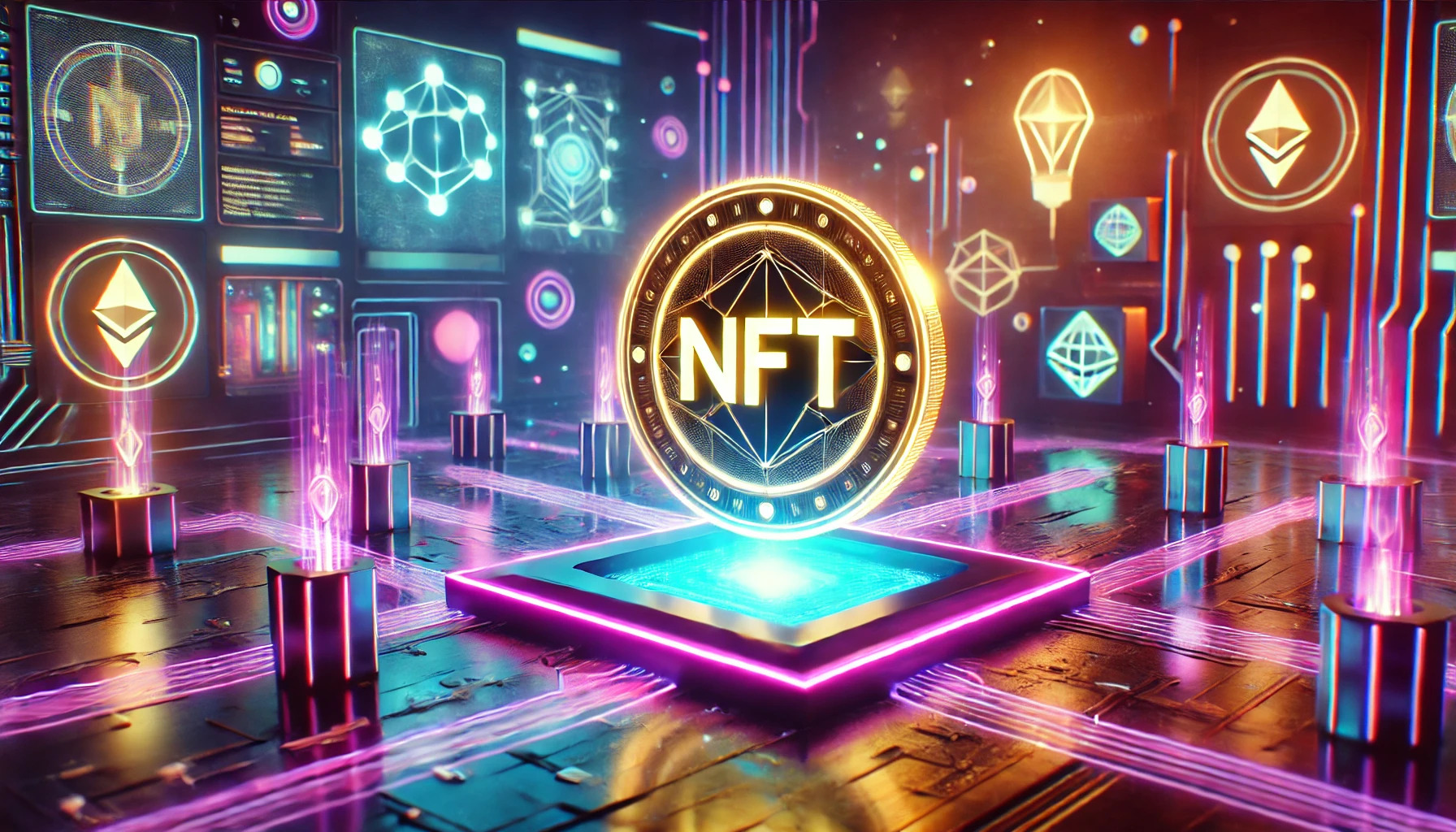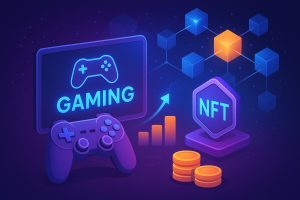
NFTs continue to command attention as a unique method of owning digital assets. This article explains how NFTs remain influential and valued, even as trends shift and new technologies emerge.
NFTs offer collectors a way to secure a digital certificate of ownership that is verifiable and traceable. The method behind this certification reassures collectors and creators alike. A secure record of authenticity has built trust among digital artists, musicians, and other content creators. These traits keep NFTs significant long after their initial surge in popularity.
The Value Proposition of NFTs
NFTs bring a new form of ownership that goes beyond simple digital files. Some key aspects include:
- Scarcity and Exclusivity: NFTs represent one-of-a-kind digital items that are impossible to duplicate exactly. This quality creates scarcity, driving interest and value.
- Creator Empowerment: By minting and selling NFTs, artists and creators maintain greater control over their work and its distribution. This method allows for direct interaction with supporters.
- Interactivity and Community: NFT platforms often integrate social elements, encouraging collectors to participate in exclusive communities. Participation in these communities can lead to further opportunities and collaborations.
- Transparency and Security: With blockchain verification, every transaction is recorded permanently. This ledger system ensures that both creators and buyers can trace the history of a digital asset, reducing the risk of fraudulent claims.
How NFTs Fit in the Digital Era
Digital culture has shifted dramatically in recent years. New technologies have reshaped how art and media are consumed, and NFTs sit at the crossroads of technology and creativity. Their ability to prove authenticity and ownership makes them appealing not only to artists but also to collectors and investors.
The expanding use of virtual spaces and online communities has contributed to the sustainability of NFTs. Virtual galleries, metaverse platforms, and interactive digital experiences provide a backdrop where NFTs can thrive. This ongoing shift in consumption patterns creates continuous demand for digital artifacts that have verifiable origin and history.
Practical Applications of NFTs
NFTs have practical uses that extend beyond art. They have been adopted in various sectors:
- Gaming: In-game assets are tokenized, giving players ownership of virtual items. This can lead to markets where these items are bought, sold, or traded.
- Music and Entertainment: Musicians use NFTs to release exclusive content. Fans enjoy special access to songs, videos, and experiences, creating new revenue streams.
- Real Estate and Virtual Land: Virtual worlds allow users to purchase, sell, or trade parcels of land. Such transactions are secured by blockchain technology, assuring buyers of their property rights.
- Collectibles and Memorabilia: From sports cards to rare digital moments, NFTs serve as a new format for collecting items with historical or sentimental value.
At one point in the discussion of digital file management, a mention was made regarding NFT image compression. A careful look at file processing has led to the integration of tools such as a JPG converter, ensuring that high-quality images are stored efficiently without compromising their digital signature.
The Impact on the Creative Process
NFTs have transformed the creative process for many artists. They allow creators to:
- Monetize Work Directly: Creators can reach an audience without intermediaries. Direct sales reduce overhead costs and boost revenue.
- Retain Ownership Rights: Smart contracts automatically enforce royalty payments. Artists receive a share each time their work is resold.
- Collaborate Internationally: Digital art is borderless, allowing for global collaborations that were previously difficult due to traditional licensing barriers.
- Experiment with Formats: NFT technology supports diverse digital formats, from still images and music to interactive installations. This flexibility encourages artists to experiment with new forms of expression.
Cultural and Economic Influences
The presence of NFTs in popular culture continues to influence the art market. Major events and exhibitions now frequently include digital art components, which attract audiences who appreciate the blend of technology and creativity. This inclusion offers fresh opportunities for galleries and museums to showcase innovative works that reflect contemporary culture.
NFTs also affect economic models in creative industries. By providing a structured way to assign value to digital works, they encourage investment in art that may have otherwise been overlooked. Many investors now recognize NFTs as a means to diversify their portfolios while supporting emerging artists.
NFTs persist as a topic of conversation because they offer tangible benefits to both creators and collectors. Their secure and transparent nature ensures that digital assets hold value over time. As new use cases continue to appear, the role of NFTs in defining digital ownership remains significant, driving creative and economic growth in multiple sectors.




